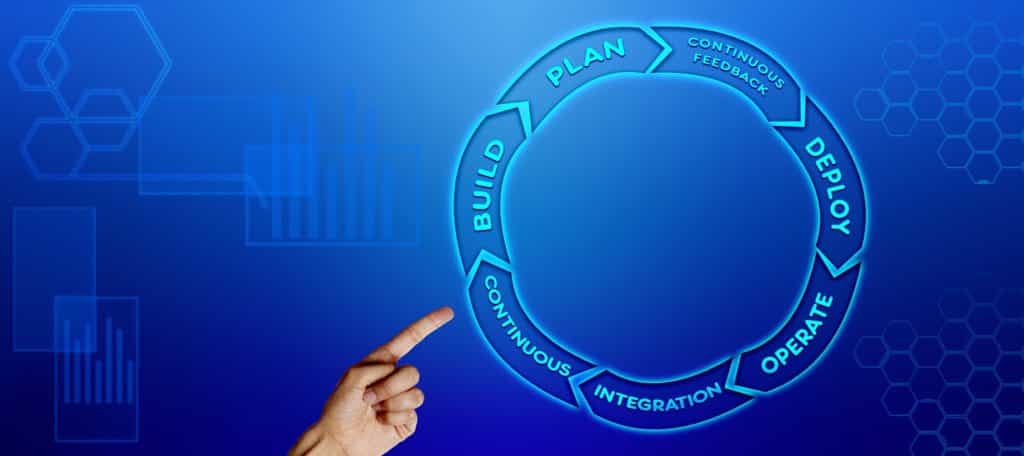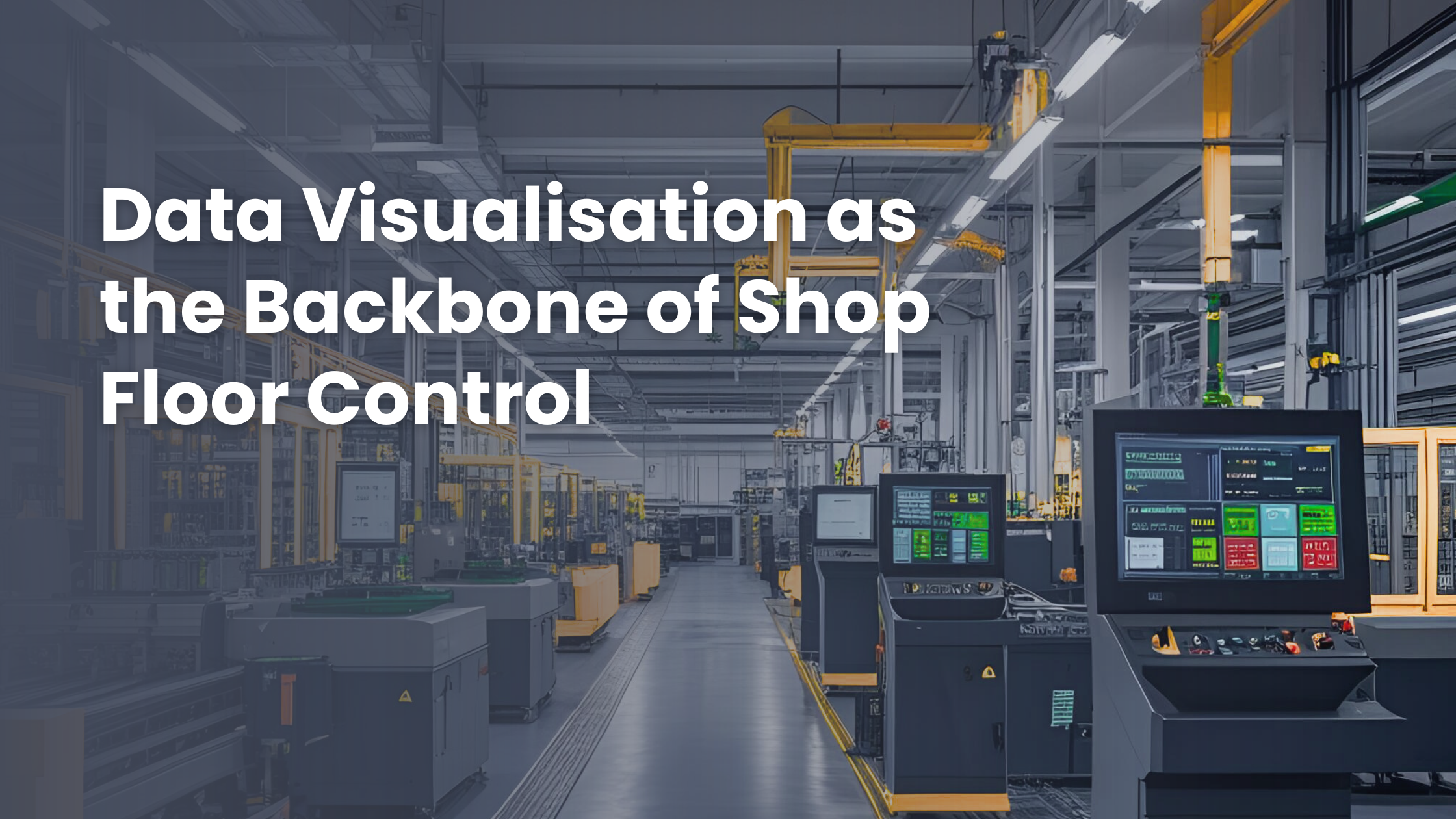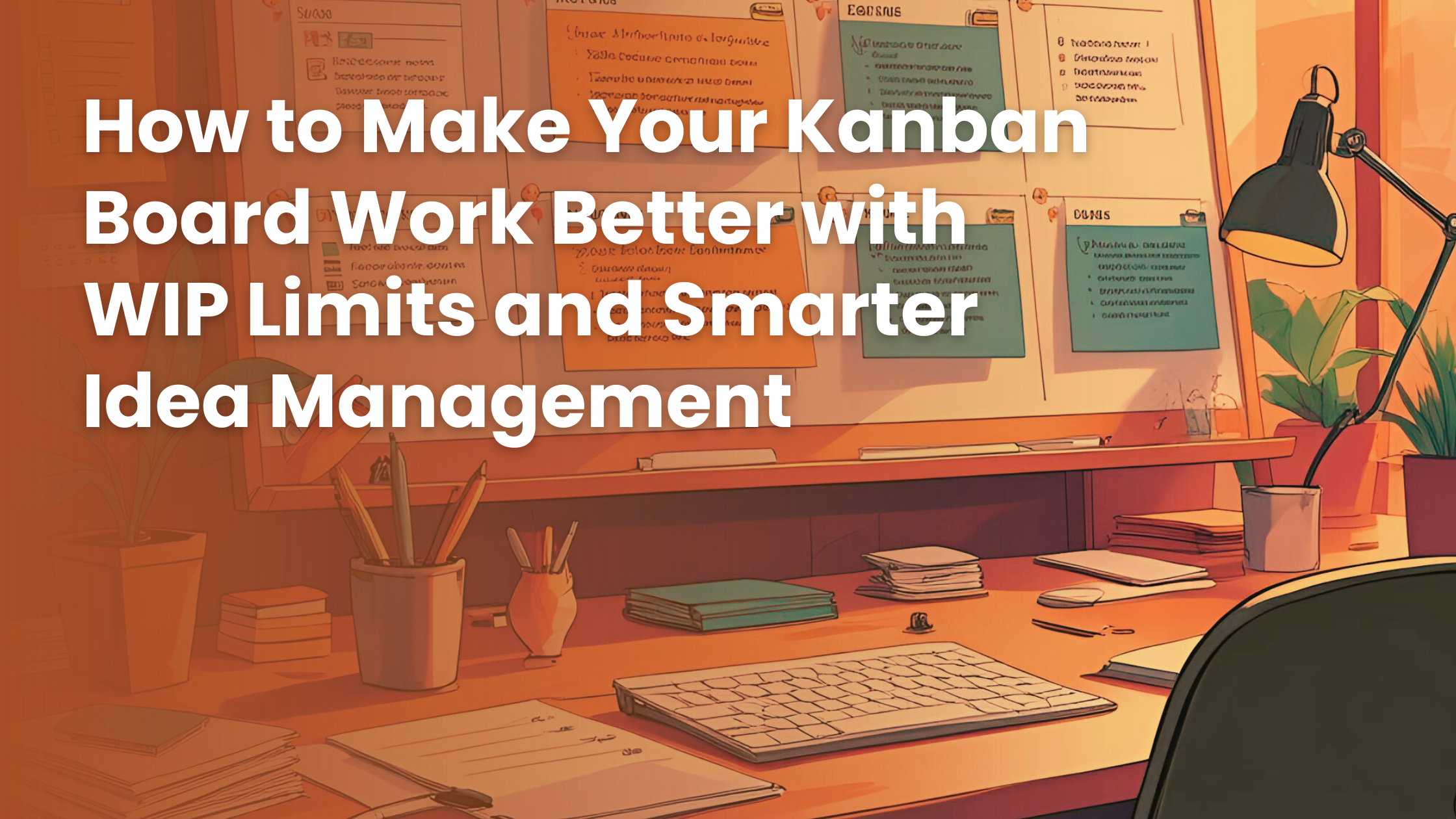Within years we have learned it in a hard way that we cannot win every customer. Trying to satisfy every customer will get you burned out. We have learned how to focus on our target markets. Our long-term competencies within target markets allow us to deliver an experience that our customers expect from us.
We only promise what we can deliver
These days, a lot of companies still try to compete based on the price of their offering. They attempt to undercut competitors by delivering a product or service that can be called satisfactory. That is not what we do. We believe this does not serve the customers’ needs in the long run. In reality, satisfactory products and services are just low-quality hardware, buggy software, and poor support. In summary – customers get the overall bad experience that does not serve their business needs. This comes from the laws of physics and from the realities of life.

Be speedy
We live in an age when everyone expects that their problems will be dealt with in a hurry. While not all problems can be resolved at the moment, we make sure to meet customer’s expectations about how long it will take for us to deal with their needs. When possible, we often overdeliver.
At the pre-sales stages, we provide fast responses to customer quote requests. In the real-world, project managers have their tables full of projects. Things get delayed until their urgency. We don’t try to overcomplicate the customers with our product specific details. We specify only the amount of details that are important to recognize what are the suitable products and solution scope to fit the customer budget or framework.
In the area of system support, there’s no sense in fixing something if, by the time you finish the customer is so frustrated, they no longer value the fix.

Understand our client’s business
In the B2B world, delivering an amazing customer experience also means understanding our clients’ needs, processes and how our product/service impacts the outcome. For example, that may mean knowing their industry regulations or how much automation they would need. The more we understand our client’s business, the more value we can provide; the more value we provide, the better the customer experience.

Lean manufacturing and Agile project management
Traditionally, companies have predicted customer trends and produced products based on those predictions. We have recognized that every customer need and project is unique. By trying to fit some product or solution that is predicted from the wide array of statistics, just makes customers frustrated and feeling that you don’t understand their needs.
By using LEAN manufacturing process and Agile project management approach, we eliminate the guesswork (and cost) of predicting future trends.
We develop and deliver personalized outcomes for our business partners and end-customers by listening to valuable customer needs and requirements at the pre-sales stage and at the beginning of the cooperation.

Summary
Delivering an amazing customer experience is not easy. We do not say that we are where we would like to be, not in a long shot. We are failing and we fail a lot. It means we are humans, after all. But we focus daily to deliver the best experience and improve on a daily basis. The most important thing we can do is constantly be humble and be prepared to improve.








